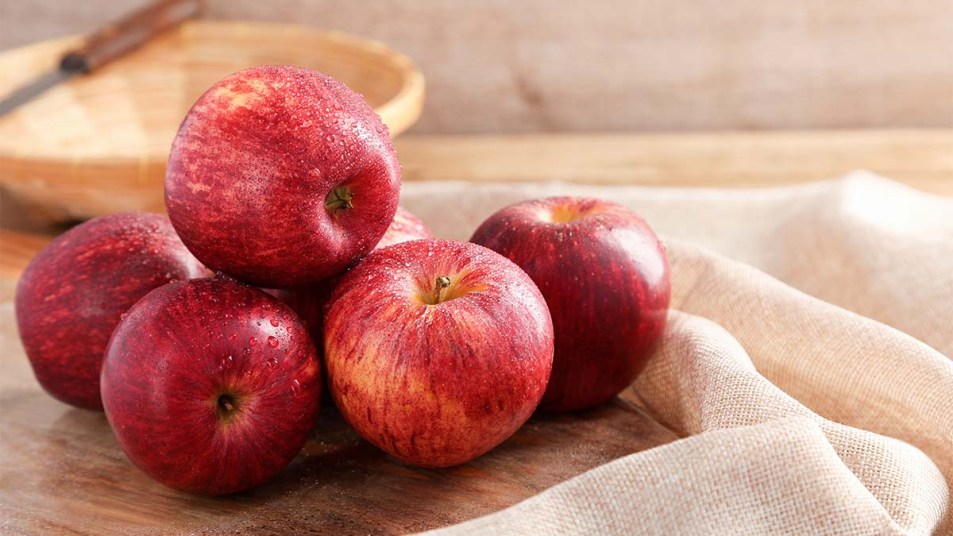Going Apple Picking? Here’s How To Store Your Fruit and Keep It Fresher Longer
Preserve this season's picks for weeks to come.

Apple picking is a cherished fall tradition for good reason. Not only do you get to select apples at their ripened peak, but you get to bring the fruit home to snack on and add to desserts for weeks to come. To keep your orchard pickings fresh long after they’ve been plucked, however, you’ll need to store them correctly. We asked Amy Keech, a Food Scientist at Apeel, how to store apples to prevent them from spoiling.
How can you tell if your apple is ripe and ready to eat?
Apples don’t ripen after they’re harvested, as they’re non-climacteric fruit. So, they should be ready to eat any time. Just be sure to avoid selecting apples with bruises or cracks in the skin, as these weak spots can provide an opportunity for mold to take root faster. eApples that have shriveled or dried-looking skin may also be past their prime. Granny Smith apples can start to turn from green to yellow, and sometimes feel greasy or oily if stored for too long, since they experience a phenomenon called re-waxing.
What are common causes of apple browning and ways to avoid it?
There are several different things that cause apples to brown. A few common culprits include:
- Storage at too cold temperatures. If you want your apples to last a really long time, store them between zero and one degree Celsius (32 to 34 degrees Fahrenheit). Honey Crisp apples are a little more sensitive and store better at two to three degrees Celsius (35 to 37 degrees Fahrenheit). Your refrigerator is a great storage option, even if it’s a little warmer. But, you definitely don’t want to put your apples in the freezer.
- Late harvested fruit and fruit that experiences excessive CO2 concentration in its storage environment. These two reasons are why purchased in the fall (closer to when they are harvested) are less likely to experience internal browning. While apples are available year-round, if you buy an apple at the grocery store now it will be freshest, since it was probably harvested recently. However, an apple purchased in spring has probably been in special storage conditions (called controlled atmosphere) since the previous fall. That’s why autumn is a great time to enjoy apples, regardless of whether you pick them off the tree or get them from your local grocer.
- Oxidative browning once sliced. The apple’s enzymes and polyphenols (a compound) reacting with oxygen in the air cause the brown color. To avoid oxidative browning, slice apples when you plan to eat them. It can also help to squeeze a little lemon juice over your cut apples, since the acid will slow down the oxidation reaction.
How can you store your apples to keep them fresher and crisper for longer?
I recommend storing apples in your refrigerator for the best results; apples can keep for six weeks or longer in a refrigerated environment. If you live in a colder climate, you can also keep your apples in your garage or another unheated space, as long as it doesn’t get too cold outside. If you do store your apples in your kitchen or somewhere else in your home, be sure to keep them out of direct sunlight and away from any heat sources. You additionally want to be sure to keep apples away from other fruits, like bananas, that produce ethylene; this is a plant hormone that can accelerate the aging process, also known as senescence.
A Final Word
There’s a science to storing apples, but these tips make it simple. With your apples remaining crisp for longer, there will be plenty of time to enjoy them as a snack or use them to make a delicious pie, honey almond butter apple bread, and apple pear tart.












